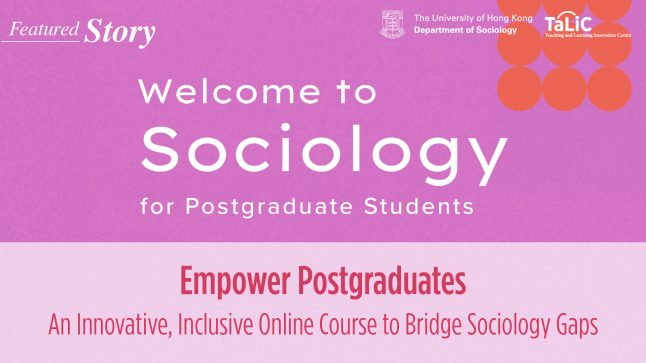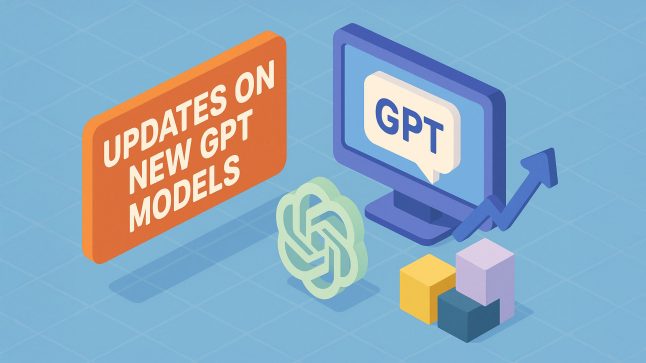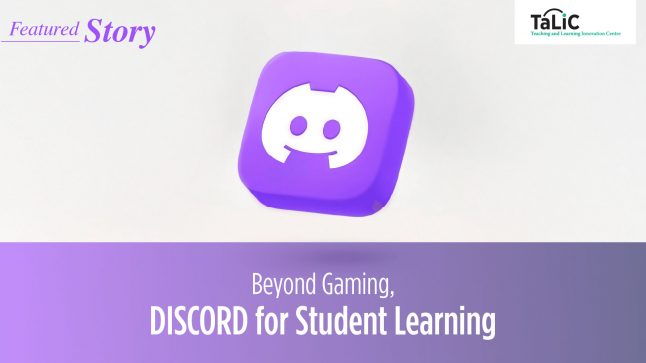
This blog post is part of the ‘Flipped Classroom Professional Development Series’.
Successful lessons begin with intentional, detailed, and pedagogy-embedded planning. In designing your flipped class, it is important to think from students’ perspectives right from the planning stage. This is to ensure they feel prepared for engaging in an active flipped classroom. In the Flipped Classroom Learning Symposium – Sharing of Pedagogies and Practices on December 6, 2017, practitioners from multiple disciplines in HKU shared their very own experience in designing pre-class activities. This blog post is a toolbox of effective pre-class activities and useful tips in planning a flipped class.
Benefits of Pre-class Preparation by Students
One of the key dimensions of flipped learning is the preparation students need to do before class in readiness for deeper exploration of the subject content and application of their knowledge and skills in class. This is the essential stage for students to acquire foundational knowledge.
 Yaya, a Year 5 medical student points out that, “If you do sit down and watch the video and you go to the flipped classroom, it’s very rewarding because you know you can apply the knowledge. And when you can answer the questions, you know I’ve grasped some of the key knowledge.”
Yaya, a Year 5 medical student points out that, “If you do sit down and watch the video and you go to the flipped classroom, it’s very rewarding because you know you can apply the knowledge. And when you can answer the questions, you know I’ve grasped some of the key knowledge.”
One major benefit shared by the teachers at the symposium is the availability of pre-class resources and activities on the online platform that allow students to personalise learning. Students can access the content anywhere, anytime, and can study it at their own pace. They have the control and flexibility of when and how the learning materials are used to suit their learning styles. This mode of learning gives them an opportunity to learn to take the ownership of learning.
Furthermore, as students acquire the foundational knowledge before class, more class time can be devoted to interactive activities that requires actual application of knowledge and higher-order thinking skills. It allows more time for student-teacher as well as student-student interactions, which students and teachers greatly appreciated. Freeing up class time enabled teachers to go beyond fundamental concepts, run collaborative group activities and prompt discussions.
 “It takes time in class to explain the abstract concepts to students There was no room for them to ask questions and to talk about what they understand… It can now be more flexible because students take their own time and complete it [pre-class activities] at their own pace and then in class there is real discussion happening. We focus on what students don’t understand from the packages [pre-class activities],” says Ms. Heidy Wong, Assistant Lecturer, Centre for Applied English Studies (CAES).
“It takes time in class to explain the abstract concepts to students There was no room for them to ask questions and to talk about what they understand… It can now be more flexible because students take their own time and complete it [pre-class activities] at their own pace and then in class there is real discussion happening. We focus on what students don’t understand from the packages [pre-class activities],” says Ms. Heidy Wong, Assistant Lecturer, Centre for Applied English Studies (CAES).
Recommended Pre-class Elements: What to Prepare
Online learning platform
- Create / Provide an online learning platform where students can have access to all learning materials. You may choose to use Moodle, a platform which has been adopted by most teachers in HKU. An alternative is Open edX, a newer, more flexible platform for blended learning, where teachers can host a wide range of file types, including videos, polls, and even code their own plugins to suit their teaching needs.
- Maximize student interaction by embedding a tool or component to the platform that promotes multiple ways communication, either synchronised or real-time, such as a discussion forum. This encourages all students to share their thoughts and ask questions about the pre-class learning materials and activities. It also gets everyone involved in knowledge-building and cultivates a sense of belonging among students in the online community.
- Go through the online platform with the students and teach them how to use the resources. Some students may need the demonstration on how to find and use the materials as they will need to adapt their learning strategies.
Pre-class videos
Flipped learning is often associated with the use of pre-class video as they can motivate students to learn and help them build their conceptual understanding (Long, Logan & Waugh, 2014). At the symposium, most teachers have used videos as the main vehicle to deliver course content before class.
- Condense lecture content into short videos. Shorter videos are much more engaging than long explanatory videos (Guo, Kim & Rubin, 2014). In Mr. Mathew Pryor’s experience, he redesigned his original 90 mins lecture down to two 8-10 mins videos for his course, CCHU9001 Designs on the Future. He commented that it is a “valuable instructional design exercise”.
- When speaking in the video, be concise, animated and enthusiastic (Guo et al., 2014). Along with meaningful audiovisual aids, this keeps students interested and focused while watching.
- Use different types of videos (e.g., talking head, learning glass, whiteboard and tutorial demonstration videos) and integrate the videos with graphics and animations.
- Add interactive components and knowledge checkpoints to the videos. Various forms of knowledge check questions can be embedded at the end or at any point of the videos. This increases students’ attention span and provides better engagement (Santiago, Kasley, Guo & Phillips, 2017). Examples of interactive components introduced in the symposium include:
- The SCORM package: Introduced by Mr. Sam Cole, Ms. Heidy Wong and Mr. Patrick Desloge from CAES, SCORM is an interactive online package which allows teachers to embed questions around the video. The short quizzes with instant feedback provide students with formative self-evaluation for their understanding of the content and learning progress.
 The SCORM package for formative self-evaluation.
The SCORM package for formative self-evaluation.
- Video commenting tool: Dr. Michael Botelho from the Faculty of Dentistry and Mr. Mathew Pryor are developing a video commenting tool where students can add reaction tags and textual comments directly at specific points of the video, which the teacher and fellow students can respond to. This also maximizes the learning experience by allowing students to share their opinions and ideas as they prepare for class, socializing the online pre-class stage.
Other online learning resources
While videos can be a useful resource, it is not the only way of engaging students in pre-class learning. Think about how best to engage your students before coming to class. It may involve using different digital media and activities, but the focus should always be on what the student needs to learn and not on what media to use.
- Provide relevant and authentic reading materials. Besides getting students to read sections from the textbook, the teachers found that authentic reading materials (e.g., news articles, websites, blogs) can help students to better understand the topics and relate to their everyday life.
- Look for open-source educational resources. Some examples include documentaries, infographics, websites, blogs, news clips, journal articles, Khan Academy videos, Youtube trending clips, movies and TV clips. Teachers can customise and integrate them into their curriculum, which help to widen students’ perspectives and enhance their learning experience.
- Utilise and integrate specific technologies (e.g. Kahoot!, Google forms, Google docs, mind maps) to engage students and create a cohesive learning experience.
Examples of Pre-class Activities
Below are some examples of pre-class activities that our teachers employed in their courses or planned on implementing.
- Initiate short discussion before class. This can arouse student interest on the topics as they prepare for further discussion in class, which encourages deep learning and helps students work towards mastery of the content.
- Get students to submit online polls and surveys. Not only can interesting pre-class polls and surveys arouse students interest for the content, but they also help the teacher to assess students’ understanding and gauge their perspectives of the topics.
- Design pre-class activities that require students to collaborate in groups before class. This encourages students to help each other to understand the materials and start building knowledge upon one another’s ideas.
- Ask students to do preliminary research or analysis for acquiring the basic knowledge of certain topics. Teacher can then dive into activities that develop higher order thinking for specific topics in class. Students may read different materials or do research on different assigned topics. Then they can share their findings in class with other students in small groups.
For a flipped classroom to work, both teachers and students have their part to play in the pre-class stage. Teachers need to plan pre-class activities carefully, and students need to make preparation accordingly. Find out how to ensure students prepare for class in our next blog post in the series.
This blog post is part of the Flipped Classroom Professional Development Series. More articles from the series:
- Flipped Classroom: A Grassroot Movement of T&L Change
- Designing Your Own Flipped Classroom: Online and Pre-class Elements
- Getting Students Ready for Your Flipped Class
- Designing In-class Activities for Flipped Classroom: A Step-by-step Guide
- Measuring the Effectiveness of Your Flipped Class
Reference
Guo, P. J., Kim, J., & Rubin, R. (2014). How video production affects student engagement: An empirical study of MOOC videos. In Proceedings of the first ACM conference on Learning@ scale conference (pp. 41-50). ACM.
Long, T., Logan, J., & Waugh, M. (2014). Students’ perceptions of pre-class instructional video in the flipped classroom model: A survey study. In Society for Information Technology & Teacher Education International Conference (pp. 920-927). Association for the Advancement of Computing in Education (AACE).
Santiago Jr, J. M., Guo, J., Eng, D., Kasley, K., & Phillips, P. (2017, April). Introduction to Engineering Using Google Docs and Interactive Video in Support of an Online Flipped Classroom Approach. In 2017 ASEE Pacific Southwest Conference, Tempe, Arizona.








